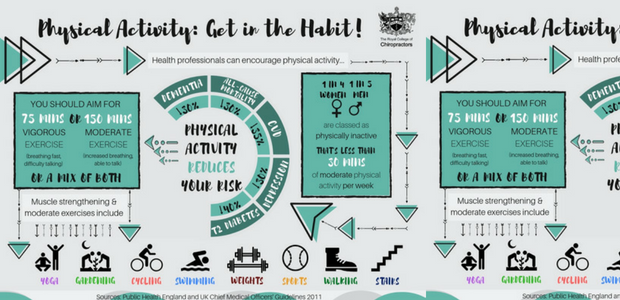When taking into consideration treatment choices for severe or chronic injuries, cold laser therapy may be a practical remedy worth exploring. The capacity of laser treatment to target specific areas and promote recovery seems encouraging, but just what makes this treatment stand apart? Just how does it work, and what are its restrictions? Prior to diving into the information, it's essential to realize the essential facets of cold laser treatment that can possibly make a difference in your injury recuperation trip.
Conveniences of Cold Laser Therapy
Experience alleviation and accelerated healing with the advantages of cold laser treatment. Cold laser treatment, additionally known as low-level laser treatment (LLLT), provides a non-invasive treatment choice for a range of severe and chronic injuries. By making use of low-intensity laser light to stimulate recovery at the mobile level, this treatment can give pain relief, reduce inflammation, and promote tissue regrowth.
One of the crucial benefits of cold laser therapy is its capacity to target particular locations of the body with accuracy. Unlike standard therapies that might affect surrounding healthy and balanced tissue, cold laser therapy can directly focus on the injured website, optimizing the therapeutic benefits while decreasing any type of possible negative effects.
Moreover, cold laser therapy is a secure and painless treatment that can be utilized alone or in combination with various other treatments. Whether you're recouping from a sports injury, handling chronic discomfort, or seeking to speed up the recovery process post-surgery, cold laser treatment supplies a gentle yet reliable solution to help you get back to your best self.
Effectiveness in Injury Healing
Attain quicker recovery and boosted healing results with the proven effectiveness of cold laser treatment in dealing with numerous injuries. Cold laser therapy has actually revealed exceptional cause increasing the healing process of both acute and persistent injuries. By promoting cellular activity and promoting blood circulation, cold laser therapy helps in reducing inflammation, eliminate discomfort, and improve tissue repair.
Research studies have actually demonstrated the performance of cold laser therapy in dealing with problems such as tendonitis, strains, muscular tissue pressures, and joint pain. The non-invasive nature of this therapy method makes it a prominent choice among individuals seeking quick and effective recovery from injuries.
Unlike traditional therapy approaches that might have adverse effects or call for downtime, cold laser treatment uses a safe and gentle option for injury healing. relevant resource site to target certain locations with precision enables personalized therapy plans tailored to each person's demands.
Whether you're a professional athlete recouping from a sporting activities injury or a person dealing with persistent pain, cold laser treatment can be a useful tool in your recovery journey. Experience firsthand the benefits of this advanced innovation and return to your energetic way of living faster.
Considerations for Therapy
When considering cold laser treatment for injury therapy, it's important to recognize essential elements that can impact the performance and end results of the treatment. One critical factor to consider is the deepness of penetration of the laser light into the tissues. Various injuries might need varying levels of penetration to reach the afflicted area appropriately.
In addition, the period and frequency of treatment sessions play a substantial role in achieving optimum results. Uniformity in going to scheduled sessions is crucial for the therapy to be efficient.
Another essential element to take into consideration is the power density of the laser. The power thickness identifies the power provided to the cells and can affect the rate and high quality of recovery. It's critical to make sure that the laser's power settings are appropriate for the particular injury being treated to avoid potential negative impacts.
Additionally, the experience and knowledge of the healthcare professional carrying out the therapy can impact its efficacy. Choosing a qualified and knowledgeable service provider can help optimize the advantages of cold laser therapy for your injury.
Final thought
In conclusion, cold laser therapy supplies a non-invasive and efficient therapy choice for both intense and persistent injuries. By stimulating are body wraps safe and promoting blood circulation, this therapy can help reduce discomfort, inflammation, and improve cells fixing.
It's important to seek advice from a medical care professional knowledgeable in cold laser therapy to ensure risk-free and optimal treatment outcomes. With the best advice, cold laser treatment can be an important tool in the healing process for a selection of injuries.

 Rick Moranis Then & Now!
Rick Moranis Then & Now! Brian Bonsall Then & Now!
Brian Bonsall Then & Now! Danica McKellar Then & Now!
Danica McKellar Then & Now! Shane West Then & Now!
Shane West Then & Now! Batista Then & Now!
Batista Then & Now!